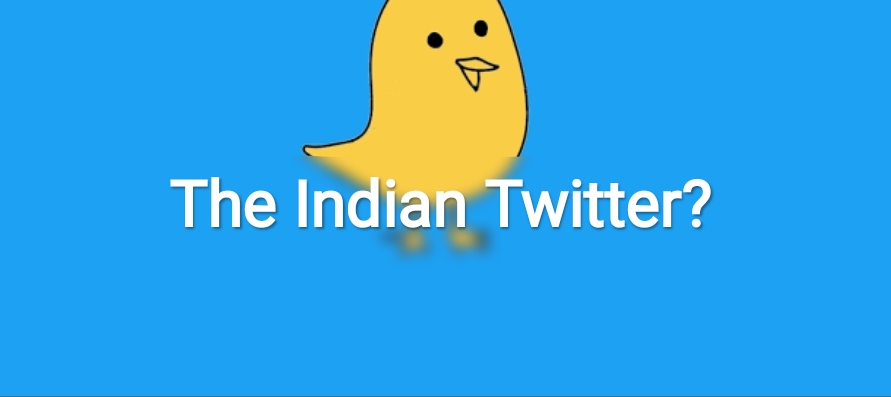Government may soon start posting important updates and announcements first on Koo, and then on Twitter, probably 1-3 hours later. Koo, the Indian micro-blogging site is being cited as the next Indian Twitter. Already ministers, bureaucrats, ministries and government departments are on Koo, and have been actively first sharing the important updates on Koo, and then copy-paste that with the link of Koo on Twitter.

It has helped Koo with a record number of visits on their platform. Cabinet Minister Piyush Goyal is already following the new trend.
ET Now says in the coming few weeks all the cabinet ministers, parliamentarians and senior members of the government including bureaucrats will start doing the same, first post on Koo and then post the link on Twitter. Koo was also mentioned by the PM on one of his Mann Ki Baat episodes.
Koo exponentially grew amid Twitter’s tussle with the Indian government over the blocking and unblocking of accounts linked to the farmer protests.
It’s not only the m ministers, even departments such as Telecom, IT, India Post, Central Board of Indirect Taxes and Customs, and MyGovIndia are now available on Koo.
For people who have no idea about what Koo is, it’s a micro-blogging platform just like Twitter, so the internet calls it the Indian Twitter. Like Twitter, you post on Koo publicly where others can follow you and you can follow other users as well. It has a feed with the latest posts from other users. The character limit on ‘Koo’ is 400.
You can sign up for Koo with your mobile number. You can even link your Facebook, LinkedIn, YouTube and Twitter feed to the Koo profile.
Not only posts, can also upload audio and video posts. As Twitter, Koo relies on hashtags as well. You can tag somebody with the @ symbol, again same as Twitter. You can post polls, share photos, videos and other forms of media on Koo.
Koo app won the Atmanirbhar App Innovation Challenge. It currently has over 3 million downloads across platforms.
What makes Koo different from Twitter is regional languages. You get to choose different Indian languages at the time you are signing bup. Currently it let’s you pick a single language, like you cannot pick both Hindi and English as an option. Koo supports English, Hindi, Kannada, Telugu, Tamil Marathi, Bengali, Malayalam, Oriya, Punjabi, Assamese and Gujarati.
According to the CEO, you can find topics around your language of choice, follow people who speak the language and have posts with the same. The Koo website marks out that only 10 percent of India speaks English and there are over a 1 billion people in India who are comfortable more with regional languages.
Now coming to the question of the hour, can Koo be a Twitter alternative in India, the answer is subjective.
Previously Tooter app gained popularity back in November to combat the videshi-Twitter, but it was for the time being only. Like Koo, Tooter also had ministers from the government joining the app. The simple answer to whether we can have our own Indian Twitter Koo, the answer is no. Users may join now, but once everything is normal, users will be back to Twitter, and ministers will again be Tweeting more over Kooing.

Comments are closed, but trackbacks and pingbacks are open.